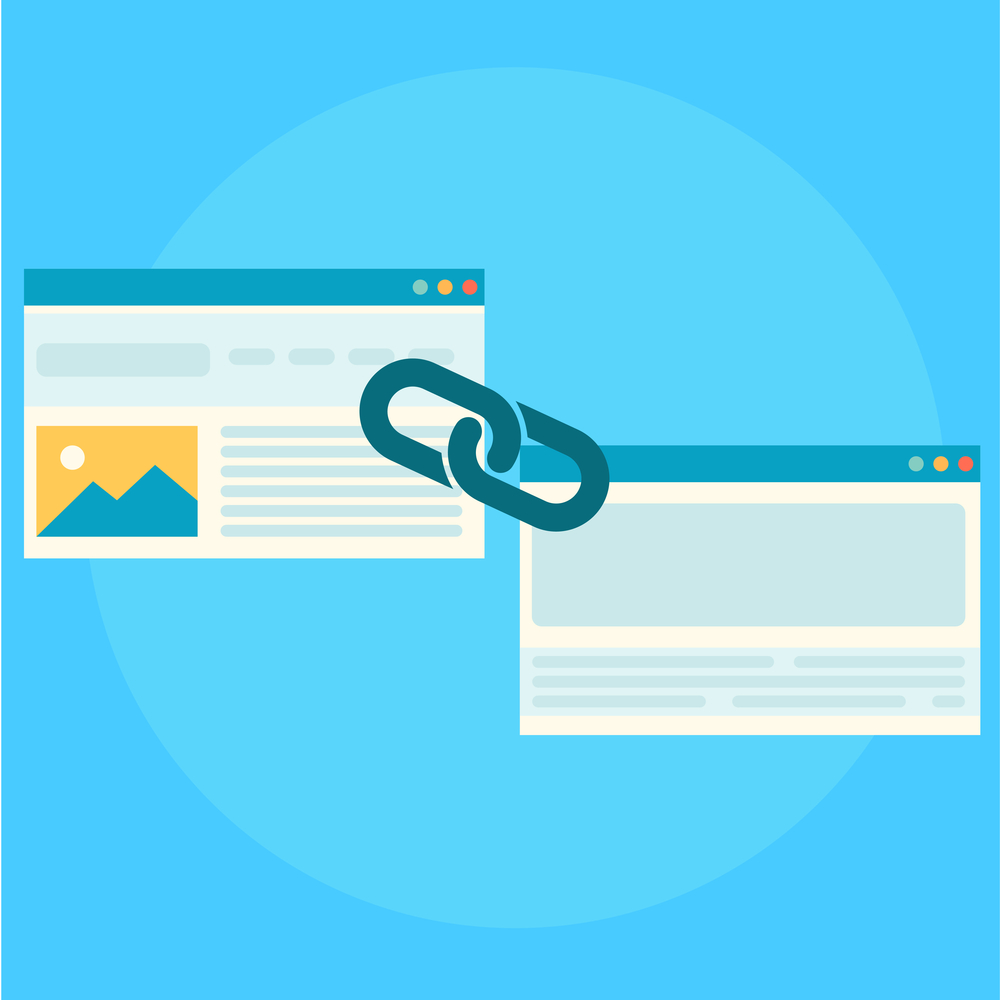What is Crawl Depth?

There’s a lot to consider when it comes to SEO. From optimising on-page content with relevant keywords to local SEO management for tailored campaigns, keeping everything in check can seem overwhelming. Sadly, one crucial aspect of SEO that many people ignore is crawlability. However, crawl depth is a pivotal metric when it comes to search engine rankings.
To make things even more challenging, crawl depth itself can be impacted by many different things. If your internal linking strategy needs a rethink or you’ve cut corners when it comes to site architecture, you can guarantee that your website is going to run into crawl depth issues.
The good news is that it’s surprisingly simple to improve the crawlability of your website. However, to achieve a desirable crawl depth and maintain a high SERP position, your commitment to improving crawlability needs to be ongoing. Need help making sense of crawl depth? Read on to discover more about crawl depth, common problems you’ll encounter and how you can overcome them.
When we talk about crawl depth, we’re referring to how search engines themselves index the content of a website. In simple terms, crawl depth is how long it takes (by clicks) to reach a specific page of a website from the homepage. Sometimes referred to as click depth, it’s a key aspect of site hierarchy and a fundamental part of SEO.
The more times a user must click to find the content they’re looking for, the more likely they are to abandon their time on a website altogether. As such, reducing crawl depth not only makes your site more accessible to search engine bots, it can also dramatically improve user experience.
To wrap your head around crawl depth, you need to consider website hierarchy. At the very top of the hierarchy is a website homepage. Let’s take a typical SEO agency website as an example. A level 1 page for region-specific services such as ‘SEO in Cork’ will be linked directly from the homepage. This tier of pages will then be linked out to level 2 pages. In most cases, search engine crawlers will only prioritise level 0-3 pages, so it’s important to ensure all important information is captured on these pages.
Admittedly, there are some exceptions. Search engine bots can crawl more page levels of a larger website. However, your website will need to be established with a significant domain authority if search engine bots are going to thoroughly crawl your pages.
Crawl depth plays a key role in SEO. If you’ve neglected crawl depth best practices, you stand little chance of securing a high ranking in SERPs. Search engines like Google are limited to a tight crawl budget, meaning bots won’t delve too deeply when crawling your website. The higher your crawl depth, the more likely it is that crucial information will not be captured. For a company specialising in SEO in Galway, location-specific information needs to be captured at the highest level to achieve the desired visibility.
The further down your pages are in your website hierarchy, the less frequently they’ll be crawled. Even if you’ve spent a considerable amount of time restructuring site hierarchy and prioritising important content, crawl depth should be a constant concern. It’s a good idea to regularly monitor crawl depth performance. You can also look at how users are interacting with your site and focus on metrics like bounce rate for insights.
With the right site hierarchy in place, your pages are more likely to be indexed quickly. However, there are a couple of things you can do to give lower-tier pages more of a chance of being crawled and indexed. With tools like Google Search Console, you can send a manual request for Google to crawl a specific page. However, this is nowhere as effective as taking the steps to reduce crawl depth and revise site hierarchy.
While prioritisation of pages within the site hierarchy has a major impact on crawl depth, it’s not the only thing to consider. There’s a whole web of potential issues you might encounter. Below are some of the most important to monitor.
Ideally, no individual web page should take longer than 1-2 seconds to load. As well as affecting user experience and increasing bounce rate, slow page loading speeds will send a red flag to search engine crawlers. While many loading speed issues are easy to remedy, sometimes you’ll need to implement several fixes. Using tools like PageSpeed Insights is a good place to start to find out how well your pages are performing and what you can do to make improvements.

A website with very few internal links presents a major hurdle for crawlability. To overcome this, first, identify which pages have no internal links directed towards them. Have you invested time and money into creating content for a page focused on a certain topic? If a site audit has flagged this as an orphan page, make sure you’ve connected it to the rest of your site architecture with links to relevant pages.
It’s not just a lack of links you need to worry about. For many websites, broken links present just as much of a headache for crawlability. If a search engine bot reaches a page and is presented with a 404 error, it won’t be able to progress any further. Thankfully, broken links are easy enough to remedy. If you’ve removed a relevant page for your website, simply create a new one and fix the link. Alternatively, you can use a 301 redirect to point crawlers in the direction of a page with relevant content.
This isn’t a concern for every website, but it is something to consider if you have any paywalls or an excessive number of access forms in place. As search engine bots won’t have the right permissions to access these restricted pages, any content locked behind them won’t be able to be crawled and indexed. Naturally, you’ll want to keep these login forms in place if a significant portion of your website contains member-only content. However, consider how much high-value content is shuttered behind these blocks.
While many minor crawlability problems will need to be addressed individually, there are some general things you can do to make your website more crawlable and easier to index.
The most important thing to focus on is site architecture. A digital content agency specialising in SEO in Dublin will want to prioritise location-specific pages, keeping them as close to the top of the pile as possible. Next, make sure you’re investing time and effort into internal linking. There’s no point adding countless links to largely irrelevant pages. Each internal link should have value, but you’ll also need to keep a close eye on broken links.
You can also improve crawlability by rethinking your approach to URLs. Make sure you’re incorporating the right keywords when creating URLs for your pages. Keeping things relevant and avoiding overlong URLs will make it easier for search engine bots to understand what your pages are about.

It’s not just site architecture that warrants attention. How your page content is formatted will go a long way in improving the crawlability of your website. Generally speaking, search engine bots don’t like long reams of unbroken text. Have you recently added a 1500-word blog post to your corporate website? Make sure it’s properly formatted with plenty of header tags to make the content more crawler and reader-friendly.
This is a useful approach for websites with large amounts of content and many individual pages. It’s particularly useful for e-commerce websites or corporate websites offering many different services. With a dropdown menu, site visitors can access specific pages at any point, no matter how deeply buried they are in your site hierarchy. However, you need to be cautious when selecting menu navigation for your website. Consider your industry, user demographics and the types of devices they’ll be using.
If you want your website pages to be crawled and indexed frequently, you need to be ready to put in the work. Implementing crawler-friendly changes like internal links and optimising content layouts is easy enough, but these are merely the tip of the iceberg. If you’re struggling to wrap your head around the finer points of crawl depth and need to make technical SEO adjustments to your site, it’s time to call in the experts.
At Digital Funnel, you’ll find all the support you need to improve crawlability and SEO performance in general. Our digital PR company offers a full suite of SEO services, with our expert team able to support you with everything from keyword research to technical audits. Eager to make your site more visible to crawlers and climb those rankings? We’re the SEO company you can trust.
Ready to learn more? Get in touch with the team today via the online contact form or call us at (0) 21 2028 072 today.
Copywriting 2022 Digital Funnel Ltd.